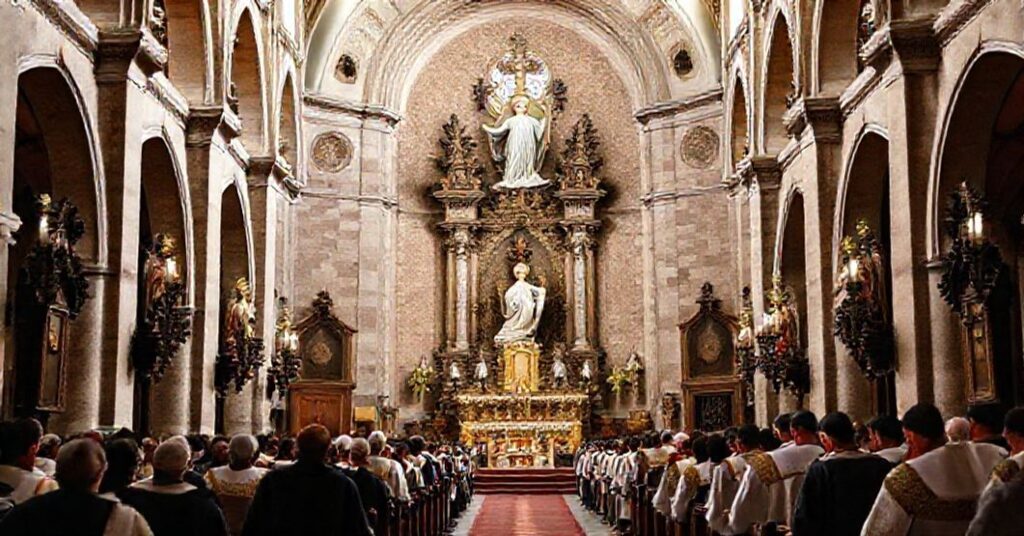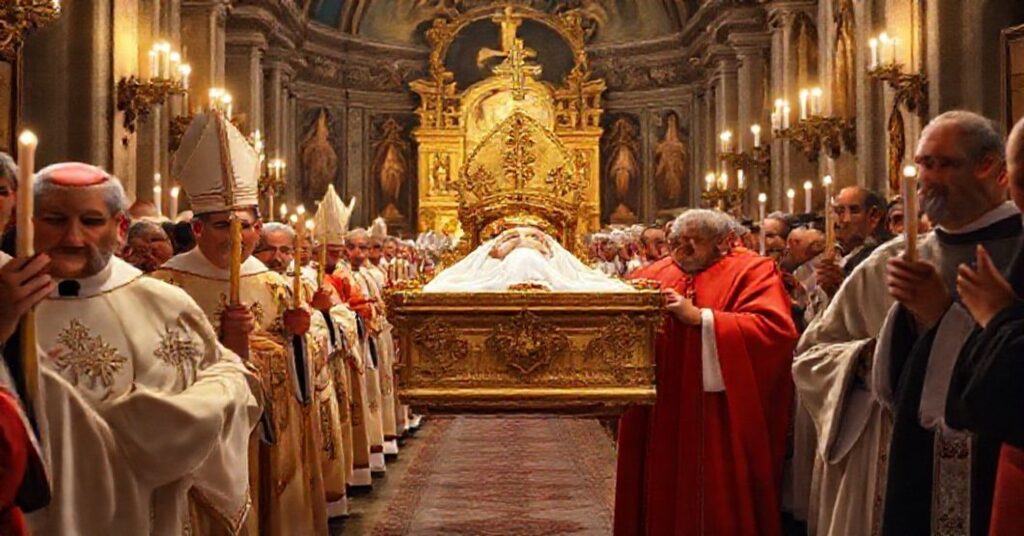Qui catholico (1960.12.16)
Ioannes Roncalli’s act of “choosing” the Blessed Virgin Mary Assumed into Heaven as “principal patroness” of the Diocese of Greensburg is a short, administrative Latin text that (1) recalls the former dedication of the parent Diocese of Pittsburgh to the Assumption, (2) notes Marian churches and ethnic devotional continuity, (3) reports the request of William Connare, and (4) with the usual juridical formulae of “apostolic” power, declares Our Lady Assumed as heavenly patroness of Greensburg with attached liturgical honors. It is presented as an apparently pious confirmation of Marian devotion, yet in reality it functions as a cosmetic Marian veneer masking the usurpation of authority and the already ongoing subversion that will soon explode in the conciliar revolution.










